“Innovating Government”
Presented by Dr. J.T. (Tom) Snell
Problem
There are two basic types of organizations. There are those that are primarily profit-focused and there are those that are primarily customer-focused. According to this classification governments should be considered customer-focused organizations. However most governments are not as customer-focused as they should be and many tend to be less focused than some for-profit corporations. This may be caused by the fact that government departments are essentially monopolies.
Some of the most significant challenges facing customer-focused organizations are, how do you, 1) modify your products and/or services to address the changing needs of your customers; 2) continuously improve the quality of your products and/or services; 3) develop more efficient methods as well as effective methods of operating each year in order to remain competitive in the marketplace; and 4) attract, retain, motivate, inspire, compensate, and empower staff to exceed customer expectations.
To meet these challenges leading customer-focused organizations have adopted many advanced management practices. These include such practices as Lean Six Sigma, continuous improvement, bottom-up decision making, SMART technique goal setting, SWOT market analysis, ISO quality principles, Q12 employee focus, and relationship marketing that focus on the changing needs of customers.
Effective customer-focused organizations constantly and objectively measure their performance; benchmark against industry leaders; invest in the future by establishing corporate research and development departments (eg. centres for innovation), developed measurable key performance indicators which focus on core outcomes and results; and structured employee reward/recognition systems that acknowledge and celebrate the success of individuals and especially teams who have achieved outstanding success.
The reality is that governments around the world have not generally been as effective as most customer-focused organizations in creating a stimulating, challenging, responsive, quality focused, and an effective work culture that focuses on the changing needs of its customers (i.e., taxpayers, clients, patients, students, seniors, other levels of government, and the general public, etc.).
Solutions
The following recommendations briefly introduce some of the “Innovating Government” changes needed in order for government departments and their service providers (i.e., agencies, school boards, hospitals, nursing homes, etc.) to become more customer-focused as well as more efficient, effective, and quality focused providers of public service.
1. Create Centres for Innovation
- Each Centre will advise, mentor, train, coach, and counsel departments and their service providers (i.e., agencies, school boards, hospitals, etc.) to adopt advanced management practices such as those outlined above.
- A key role of these Centres will be to assist departments and/or their service providers to assess the changing needs of their customers, and then develop objective methods of addressing those needs in a more efficient, effective, and quality focused manner.
- Each Centre for Innovation will be answerable to the Premier and/or small groups of Ministers. They will be operated, at arms reach, by customer focused management specialists on renewable performance contracts.
- The purpose of these centres will be to champion creativity, innovation, and change through the modification of government culture which will enable the government or its service providers to better address; 1) the changing needs of its customers, 2) the continuous improvement of quality services to its customers, 3) the development of more cost effective methods of operation, resulting in lower budget requirements, and 4) assist departments in adopting advanced management practices (as noted above).
- Each Centre’s long term role will be to continually measure the level of performance (e.g., output, outcome, results) and the level of customer satisfaction achieved each year by departments and their service providers. These findings will be publicly reported on each department’s website.
- Public website reporting of department performance in selected areas will encourage each department and its service providers to compare their effectiveness over a period of time with similar service providers. This will help motivate them to continually improve the quality and quantity of services while reducing costs.
- As new innovations are adopted they will be shared as “best practices” for other government departments and relevant service providers to consider.
2. Government Policy Changes
- All future government bonuses, promotion, and performance reviews will be largely based on the adoption of innovative changes by departments and their service providers that result in, 1) improvements in services that address the changing needs of customers, 2) continuous improvement in the quality of services to the customer, and 3) development of more cost effective methods of operations resulting in lower budget requirements.
3. Financial Matters
- Initially the cost of operating these centres will essentially come from the money currently put aside as civil servant performance bonuses. However, future Centre operating costs will come from a portion of the long term savings achieved through the adoption of more efficient and effective service delivery. Centre operating costs will NOT come from the reduction in the types or level of services or quality of service currently provided to taxpayers, clients, patients, students, seniors, other levels of government, or the general public.
- A pre-determined percent of the overall annual reduction in budget expenditures, realized in one year, will automatically be retained in future years by the agency, school board, seniors home, hospital, etc. and will be used be it to pay higher compensation to employees, improve the quality or quantity of services, conduct research, or apply to unique capital improvements, etc. The remaining savings will be divided equally between the department in question and the province’s treasury.
